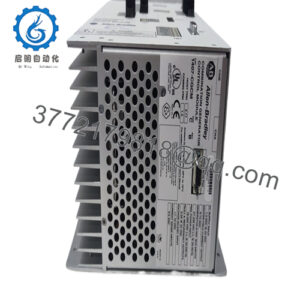Description
In the fast-paced world of industrial automation, the challenge of knitting together diverse field devices with central control systems often exposes pain points like protocol mismatches, sluggish data handoffs, or integration hurdles that balloon project timelines. Imagine a refinery’s distributed control system where flow meters and valve actuators must sync flawlessly across a sprawling site—any lag or misread in the I/O signal chain could disrupt yield optimization, spike energy costs, or even trigger safety shutdowns. Or consider a pulp and paper mill, steeped in dust and vibration, where legacy serial interfaces struggle to keep pace with modern Ethernet demands, risking data bottlenecks that erode throughput in tightly regulated process control environments. These aren’t edge cases; they’re the daily grind where high reliability and modular integration are make-or-break for seamless operations.
The ABB CI853K01 3BSE018103R1 steps up as a dual-channel serial communication interface module for ABB’s AC 800M controllers, engineered to bridge these gaps with precision. It tackles the engineer’s need for fluid data exchange, converting RS232/485 streams from field sensors into backplane-compatible signals that feed control loops without hiccups. In setups like wastewater treatment or discrete manufacturing lines, the ABB CI853K01 3BSE018103R1 proves critical by enabling robust serial-to-digital handoffs, supporting up to 31 devices per channel to manage sprawling I/O networks. Its focus on noise-resistant signal paths and plug-and-play configurability sidesteps the chaos of custom drivers, delivering clean I/O signals that bolster system stability and streamline expansions in process control frameworks.
What sets the ABB CI853K01 3BSE018103R1 apart in industrial automation is its knack for simplifying the complex without sacrificing dependability. It empowers teams upgrading legacy plants to integrate modern protocols incrementally, avoiding the rip-and-replace nightmares that inflate budgets. By embedding diagnostics that flag line faults or baud rate drifts, it keeps your control loops tight, minimizing the false triggers that plague less disciplined modules. Whether you’re chasing uptime in a high-stakes utility or precision in a batch process, this module ensures your data flows stay resilient, cutting the engineering overhead that bogs down progress.
The ABB CI853K01 3BSE018103R1 operates as a communication linchpin in the AC 800M architecture, slotting into the controller’s CEX bus to mediate between field-level serial devices—like pressure transducers or legacy PLCs—and the CPU’s digital core. It handles dual RS232/485 ports, each configurable for Modbus RTU or ASCII, polling up to 9600 baud to shuttle data like temperature setpoints or valve states into the backplane for real-time processing. In a typical rack, it mounts alongside PM860 processors or S800 I/O bases, forming a cohesive hub that ties remote drops to centralized logic without latency creep.
Its system fit is seamless: pair it with a TU830 terminal unit, and it’s wiring up to 62 field points, with galvanic isolation to fend off ground loops in noisy plants. Diagnostics flow through ABB’s Control Builder, flashing alerts for parity errors or cable breaks on your HMI, while hot-swap support lets you replace it mid-cycle without stalling operations. Positioned at the I/O-to-controller junction, the ABB CI853K01 3BSE018103R1 excels in distributed setups—think remote pump stations—where it syncs serial feeds into Ethernet/IP or PROFIBUS overlays for SCADA integration. For hybrid migrations blending old Modbus gear with modern networks, its protocol flexibility shrinks configuration time, letting you focus on tuning loops rather than wrestling with handshakes.
- CI853K01 3BSE018103R1
| Specification | Details |
|---|---|
| Model Number | CI853K01 3BSE018103R1 |
| Brand | ABB |
| Type | Serial Communication Interface |
| Input Voltage | 24 V DC |
| Operating Temp Range | -20°C to +60°C |
| Mounting Style | DIN Rail / Backplane |
| Dimensions | 108 x 58 x 119 mm |
| Weight | 0.3 kg |
| Interface/Bus | CEX Bus, RS232/485 |
| Compliance | CE, RoHS, IEC 61131-2 |
| Supported Protocols | Modbus RTU, ASCII, COMLI |
| Typical Power Draw | 2.5 W |
Choosing the ABB CI853K01 3BSE018103R1 equips your system with a reliability anchor that thrives under the strain of serial-heavy environments, where its shielded ports and robust transceivers shrug off EMI or vibration to deliver performance consistency that keeps control loops humming. In gritty settings like chemical mixers, this means operators trust their flow readouts without second-guessing noise-induced spikes, directly curbing batch reworks and boosting compliance confidence. The module’s lean power draw and compact form also mean it slots into cramped cabinets without forcing thermal retrofits, saving on upfront costs.
Integration shines as a quiet strength, slashing engineering overhead by auto-detecting baud rates and parity settings through Control Builder—add a new sensor, and it’s online in a scan, not a shift. Engineered for long-term performance, the ABB CI853K01 3BSE018103R1 embeds self-diagnostic counters that track line errors, letting you stretch maintenance intervals by spotting cable wear early via trend logs. This fosters a scalable automation backbone, where expanding from a single pump to a multi-zone network feels like a config tweak, not a capital project, ensuring high reliability aligns with budget discipline and growth agility.
In food processing plants, the ABB CI853K01 3BSE018103R1 links legacy Modbus sensors to AC 800M controllers, channeling level and flow data for bottling lines where fast data cycles prevent overfills, securing critical system uptime in process control settings that demand precision amid washdowns. Oil and gas terminals deploy it to interface tank gauges over RS485, its isolation thwarting corrosion-driven faults to sustain high reliability for custody transfer logs, integrated with SCADA for remote oversight.
Mining operations tap it for conveyor controls, tying serial encoders to PLCs in dust-choked shafts—the module’s rugged comms ensure continuous uptime, enabling tight speed regulation that curbs belt tears in harsh process control environments. Across these sectors, the ABB CI853K01 3BSE018103R1 anchors resilient data flows, delivering the signal fidelity that uptime metrics and regulatory nods hinge on.
CI854AK01 3BSE030220R1 – PROFIBUS-DP variant for high-speed fieldbus integrations.
CI860K01 3BSE032444R1 – Foundation Fieldbus module for broader protocol support.
CI851K01 3BSE018101R1 – Predecessor model for basic serial interfacing in legacy setups.
DO810 3BSE008510R1 – Digital output companion for actuator commands via serial triggers.
AI810 3BSE008516R1 – Analog input module for pairing with serial sensor expansions.
TU830V1 3BSE013234R1 – Terminal base for secure field wiring in I/O racks.
PM861AK01 3BSE018157R1 – CPU host for enhanced processing in AC 800M networks.
Before slotting the ABB CI853K01 3BSE018103R1 into your rack, verify CEX bus alignment—pin mismatches can choke handshakes, so cross-check slot assignments with ABB’s wiring charts. Ensure cabinet ventilation allows 20mm gaps for heat dissipation, especially in humid zones where ambient pushes 50°C; a quick thermal calc against your enclosure’s IP spec avoids surprises. Firmware sync is critical: pull the latest build from ABB’s portal, match it to your CPU’s revision, and run a bench test to confirm protocol mappings before field connections.
Once running, maintenance leans practical and preemptive. Monthly LED checks catch comms faults early—steady green signals health, while amber flickers cue a line test for shorts or opens. Semiannual connector inspections, wiping with isopropyl to clear dust or corrosion, pair with torque checks at 0.5 Nm in vibratory settings. Annually, export diagnostic logs via Control Builder to trend baud errors, recalibrating if noise exceeds 2%—this keeps your industrial automation crisp. In dusty plants, a compressed-air sweep of ports quarterly preserves seals, leveraging the module’s telemetry to make upkeep a strategic edge, not a burden.

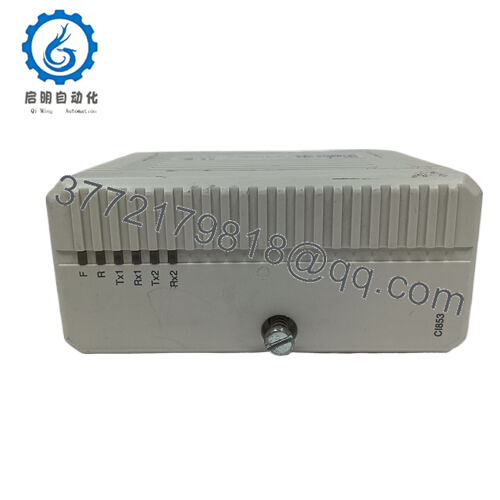
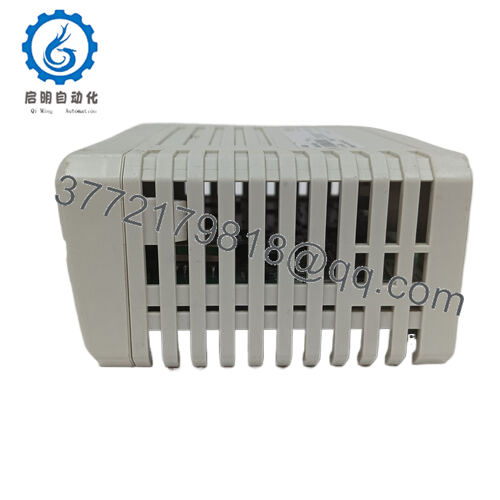
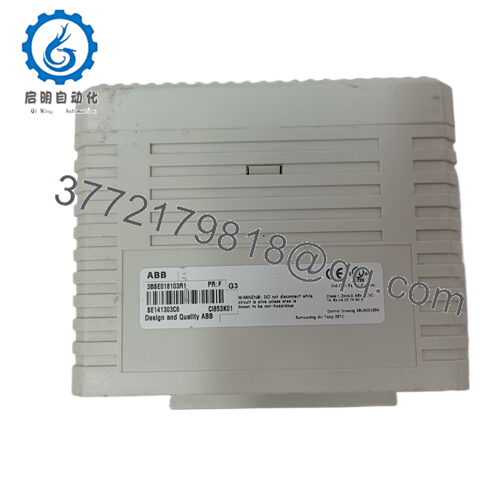
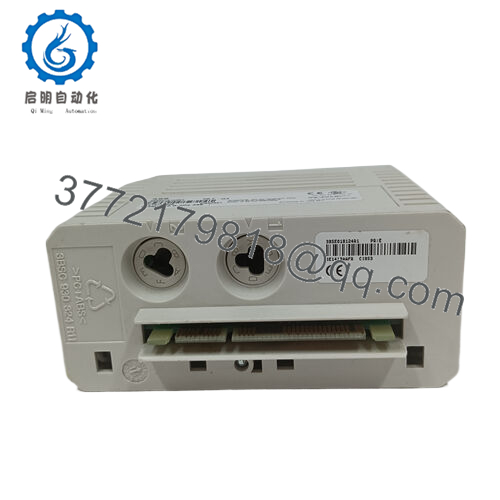
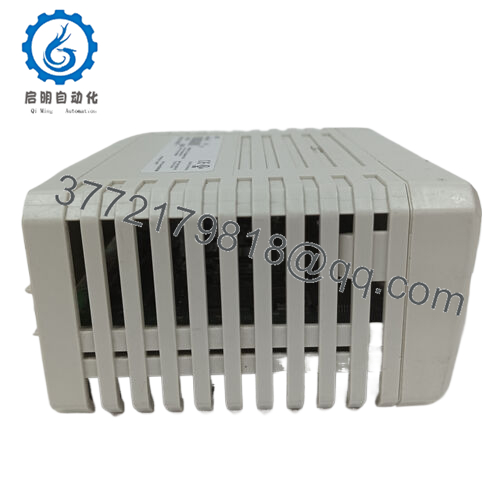
 WhatsApp: +86 16626708626
WhatsApp: +86 16626708626 Email:
Email:  Phone: +86 16626708626
Phone: +86 16626708626

